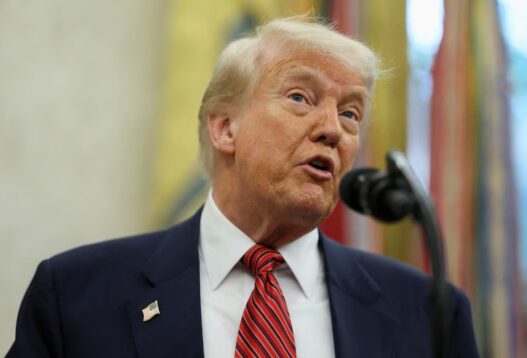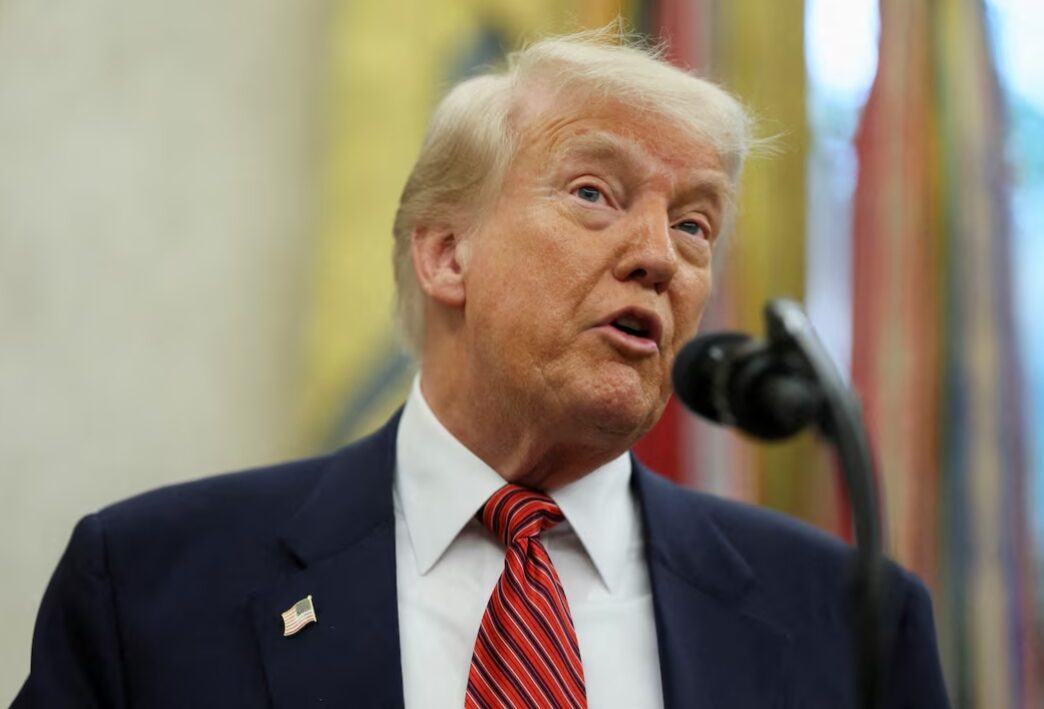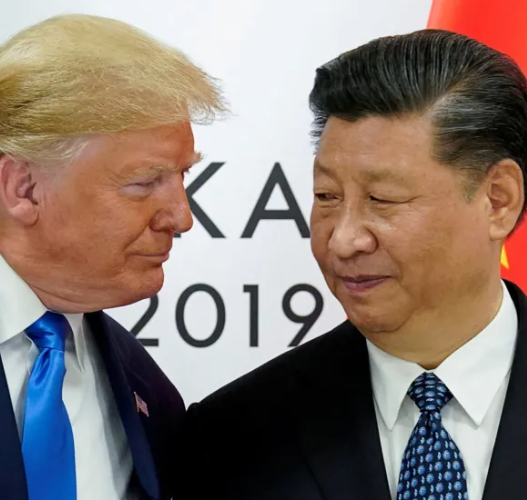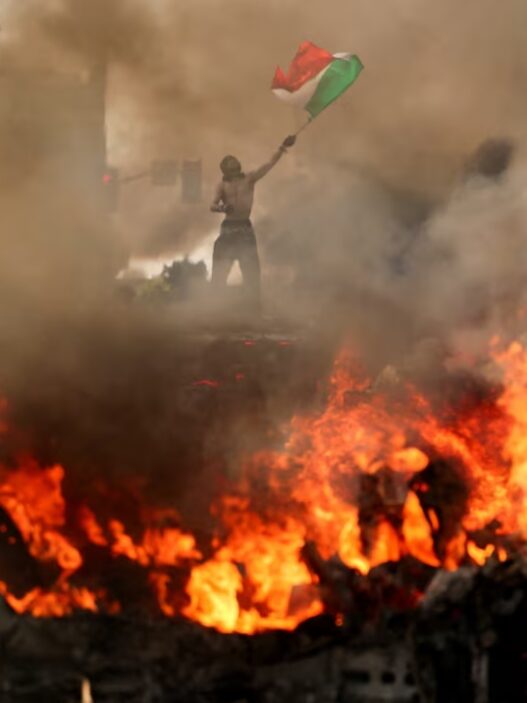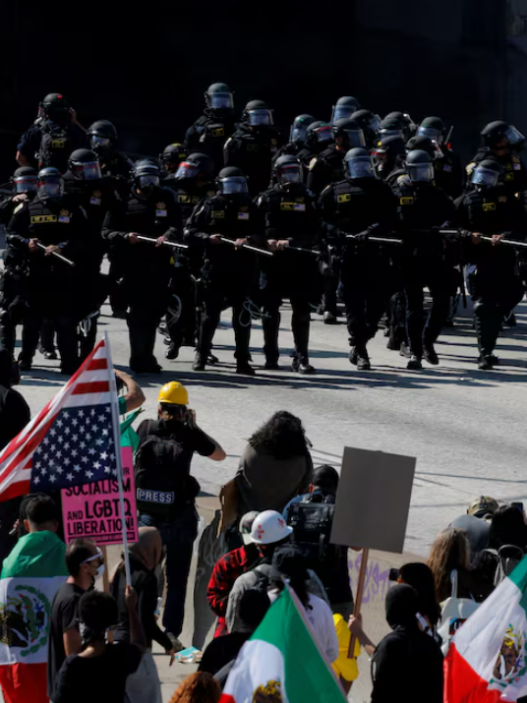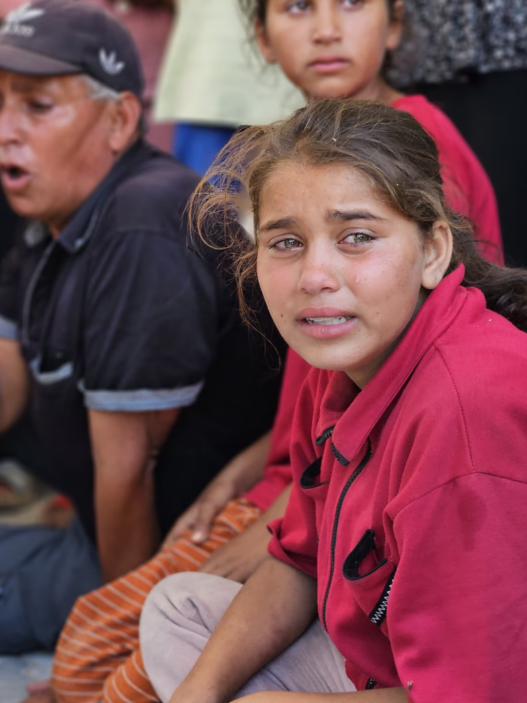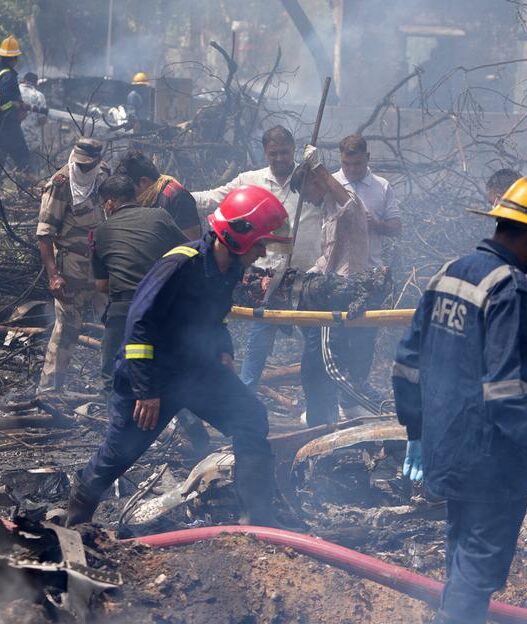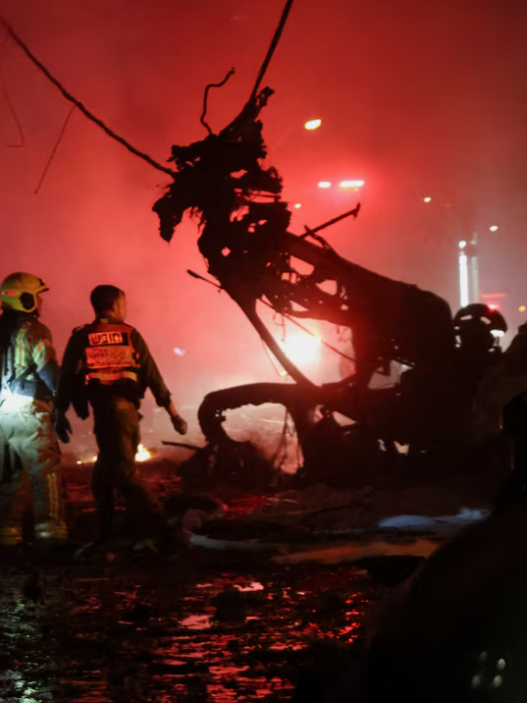Former U.S. President Donald Trump signed a sweeping proclamation on June 4. It bans nationals from 12 countries from entering the United States. He described the move as necessary to protect against “foreign terrorists” and other threats.
Full Ban on Entry from 12 Countries
The order blocks people from entering the U.S. if they are from: Afghanistan, Myanmar, Chad, Democratic Republic of the Congo, Equatorial Guinea, Eritrea, Haiti, Iran, Libya, Somalia, Sudan, and Yemen.
According to Trump, these nations either fail to verify travelers’ identities, lack criminal record systems, or have high visa overstay rates. He said many also harbor terrorist groups.
Partial Restrictions for Seven Other Nations
Trump’s proclamation also introduces partial travel restrictions. These apply to people from Burundi, Cuba, Laos, Sierra Leone, Togo, Turkmenistan, and Venezuela.
Entry from these countries is not entirely blocked. But it will be limited under tighter screening and visa rules.
Trump Says U.S. Must Keep Dangerous People Out
“We will not allow people to enter our country who wish to do us harm,” Trump declared in a video posted on X, formerly known as Twitter.
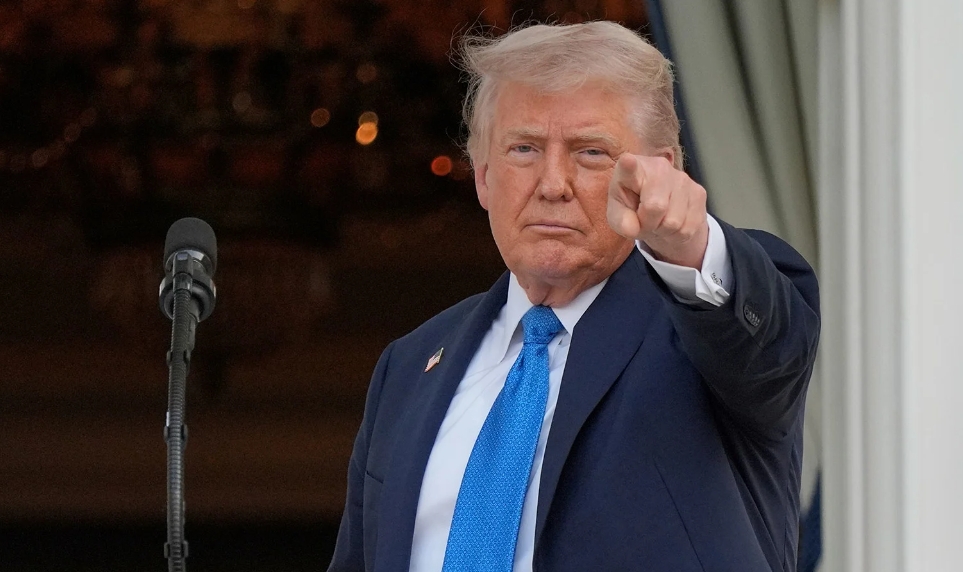
He added that the list of banned countries might grow. New additions could be made based on security reviews.
Effective Date and Visa Policy
The proclamation takes effect at 12:01 a.m. EDT (0401 GMT) on June 9, 2025. However, any visas already issued before that date will remain valid. The order explicitly states that those visas will not be revoked.
A Flashback to the First-Term Travel Ban
This latest move mirrors Trump’s controversial travel ban during his first term. That policy, issued in 2017, targeted several Muslim-majority countries. After court challenges, the Supreme Court of the United States upheld it in 2018.
When Joe Biden took office in 2021, he repealed the ban. Biden called it “a stain on our national conscience.”
Justifying the New Ban: Security Failures
Trump explained the basis for his decision. He said the affected countries failed in multiple ways. These include poor cooperation on visa security and unreliable identity verification. Some, he claimed, had no way to track criminal histories. Others had high rates of visa overstays.
“We cannot have open migration from any country where we cannot safely and reliably vet and screen those who seek to enter the United States,” he said.
Recent Boulder Attack Fuels Concerns
Trump also referred to a recent incident in Boulder, Colorado. There, a man allegedly threw a gasoline bomb into a group of pro-Israel demonstrators.
The suspect, Mohamed Sabry Soliman, is an Egyptian national. He had overstayed his tourist visa and was working illegally. Although Egypt is not on the banned list, Trump used the event to stress the risks of lax enforcement.
Somalia Signals Willingness to Cooperate
Among the countries facing a full ban, Somalia was quick to respond. The Somali ambassador to the U.S., Dahir Hassan Abdi, issued a statement. He emphasized that Somalia values its long-standing ties with the U.S.
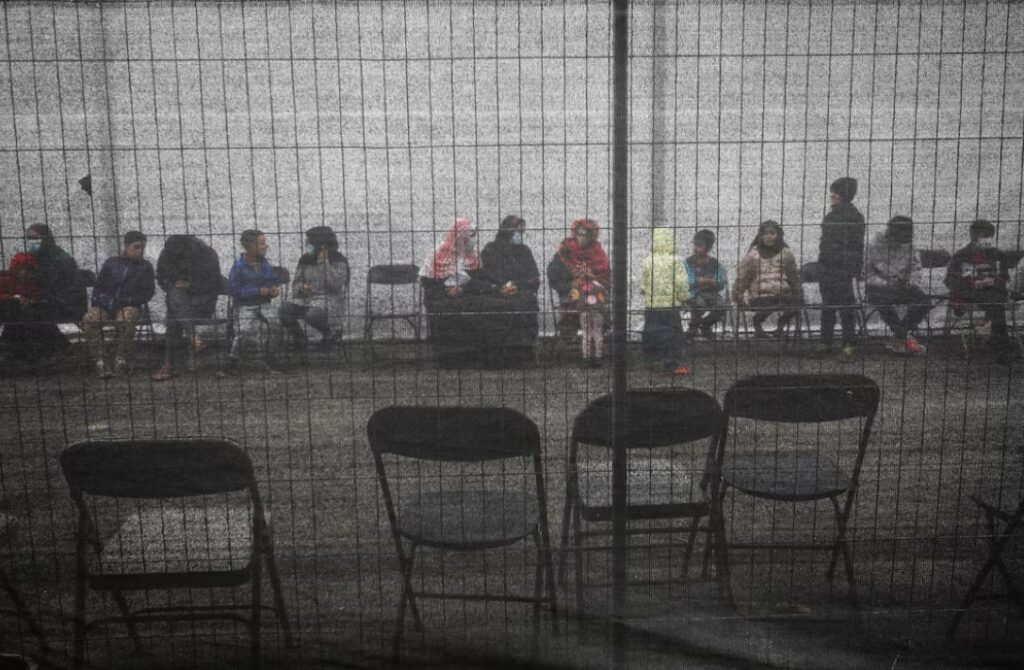
“Somalia stands ready to engage in dialogue to address the concerns raised,” he said.
Part of a Wider Immigration Crackdown
This directive continues Trump’s broader crackdown on immigration. In an October 2023 speech, he previewed such policies. He vowed to limit entry from places like Gaza, Syria, and Libya. He also warned of threats “from anywhere else that endangers our security.”
Executive Order Lays the Groundwork
Back on January 20, 2025, Trump signed an executive order. It required stricter screening for foreign nationals. The goal was to detect national security threats before they reach U.S. soil.
That order instructed key cabinet members to identify high-risk countries. The list announced this week is a direct result of that directive.







